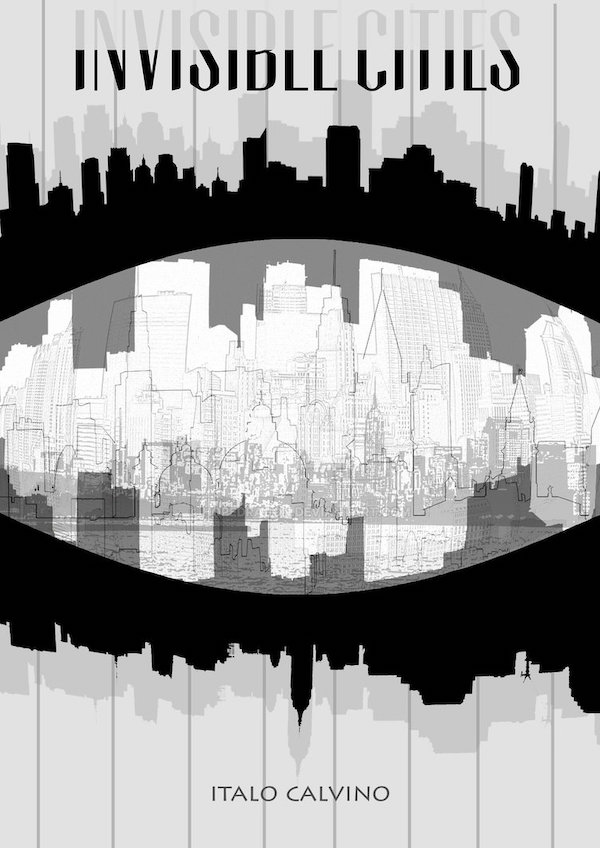


The capitals could have been in the chicken runs before they were in the temples, the marble urns could have been planted with basil before they were filled with dead bones. The order of the eras' succession have been lost that a first Clarice existed is a widespread belief, but there are no proofs to support it. There is no knowing when the Corinthian capitals stood on the top of their columns: only one of them is remembered, since for many years, in a chicken run, it supported a basket where the hens laid their eggs, and from there it was moved to the Museum of the Capitals, in line with other specimens of the collection. Each new Clarice, compact as a living body with its smells and its breath, shows off, like a gem, what remains of the ancient Clarices, fragmentary and dead. Populations and customs have changes several times the name, the site, and the objects hardest to break remain. More decadences, more burgeonings have followed one another in Clarice. They were now preserved under glass bells, locked in display cases, set on velvet cushions, and not because they might still be used for anything, but because people wanted to reconstruct through them a city of which no one knew anything now. And yet, almost nothing was lost of Clarice's former splendor it was all there, merely arranged in a different order, no less appropriate to their inhabitants' need than it had been before.Īnd then the shards of the original splendor that had been saved by adapting them to more obscure needs, were again shifted. Put together with odd bits of the useless Clarice, a survivors' Clarice was taking shape, all huts and hovels, festering sewers, rabbit cages.
Italo calvino invisible cities summary windows#
They grabbed everything that could be taken from where it was and put it in another place to serve a different use: brocade curtains ended up as sheets in marble funerary urns they planted basil wrought-iron gates torn from the harem windows were used for roasting cat-meat on fires of inlaid wood. In its centuries of decadence, emptied by plagues, its height reduced by collapsing beams and cornices and by shifts of the terrain, rusted and stopped up through neglect or the lack of maintenance men, the city slowly became populated again as the survivors emerged from the basements and lairs, in hordes., swarming like rats, driven by their fury to rummage and gnaw, and yet also to collect and patch, like nesting birds. Each description of a place visited is meant as a gateway for reflection, and the aggregate of fantastic cities described meant to conjure the bits and pieces of communal reality that describes the world.
Italo calvino invisible cities summary series#
The book is framed as a conversation between Kublai Khan and Marco Polo in which Polo describes a series of fantastic cities he has purportedly visited, and about which the Khan and Polo converse. It has no plot as such - no beginning, no development of characters (no characters, for that matter, except for the two mentioned above) - but it does have a sad, bittersweet ending." Tal Cohen, Invisible Cities / Italo Calvino,Tal Cohen's Bookshelf, March 18, 1999. It has been described as a "strange, fantastic book, Invisible Cities describes dialogues between Marco Polo, the Venetian traveler, and Kublai Khan, the oriental emperor.

Almost a generation ago Italo Calvino wrote Invisible Cities (William Weaver, trans., New York: Mariner Books 1978, First Harvest/HBJ Printing edition (May 3, 1978) ISBN-13: 978-0156453806).


 0 kommentar(er)
0 kommentar(er)
